Wild rice (Zizania palustris) is known as the “caviar of grains.” Contrary to its name, wild rice is actually the seeds of wetland grass. Other common names include water oats, Canadian rice, marsh oats, and blackbird oats.
A native, aquatic, ancient cereal grain that grows in isolated riverbeds, marshes, and shallow lakes across North America, wild rice flourishes in areas of fresh or brachial water. Wild rice sprouts up from a bed of nutritionally-rich alluvial mud. In fact, wild rice is one of only two grains native to North America and is the state grain of Minnesota.
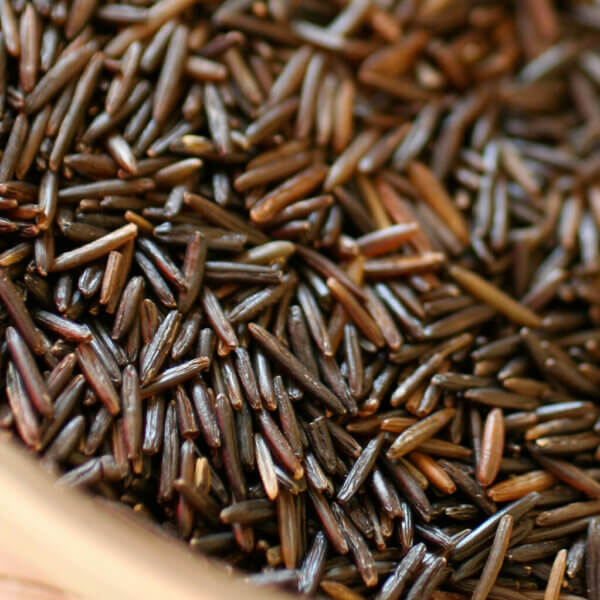
By the height of summer, the grass stalk will have grown up to 10 to 12 feet above the water line. From this sturdy, woody, stem, 4-foot tall spikes emerge from the grass stalk. As the spikes mature, fruit heads appear as yellowish-green flowers. As the flowers develop, they turn a dark purple thick with seeds. Beneath the fruit head, three small antlers dance like feathers in the wind.
As the seeds mature, they fall in the water where they rest in mud until germinating and renewing the growth process in the spring. Wild rice, also known as Indian Rice, is also native to areas of Asia that provide similar ecological conditions.
Wild Harvesting
A delicate plant, wild rice requires special skills at harvesting so as to not impede the reseeding and regrowth process.
Homestead Wild Rice Cultivation
If you have a marshy area, a shallow lake, or a pond on your homestead, wild rice is a great crop to cultivate. Wild rice requires water year around and will grow in water as shallow as 4 inches and as deep as 4 feet. The ideal growing depth is 18 to 22 inches.
The best time to plant wild rice seed is in the fall, before the first frost. Wild rice seed requires an extended period of cold dormancy to facilitate germination. Dry seed is dead seed. Keep the seed moist and free of mold before planting.
Sow wild rice seed at a rate of 30 to 35 pounds per acre for an abundant first-year crop yield. Broadcast wild rice seed from the shoreline or from a boat. Viable seed will sink to establish itself in the soft bottom muds. Chaff and immature seed will float on the surface of the water where it is food for fish, turtles, seagulls, and other waterfowl.
Wild rice can be a bit of a challenge to cultivate. However, with patience and persistence, an annually producing wild rice bed can provide a bountiful, renewable source of food. Wild rice germinates with the first warmth of spring.
Where To Grow Wild Rice
Wild rice does best in northern climates; United Plant Hardiness Zones 4 and colder. However, wild rice will grow in the warmer climates, though growth is stunted with plants reaching a mature height of 4 to 6 feet. Oregon and Northern California are solid producers of wild rice, though the crop yields are not as abundant as those of the more northern regions.
Approximately four to six weeks after germination, leaves will appear on the surface of the water. It is important that water levels do not fluctuate during this critical growth period. The buoyant plant still has shallow, delicate roots that can be disturbed or uprooted with rapidly rising water levels. Wave action generated by strong winds can also cause roots to dislodge and die.
As the vigorous growing plant matures to a height of up to 12 feet tall, seeds develop. Ponds that dry up in the hottest days of August can still support wild rice cultivation as long as the water table remains close to the soil surface.
To produce the best crop possible, weed suppression is a priority. Be on the lookout for aquatic weeds such as Sparganium, milfoil, and horntail rush. Livestock and birds can be pests that love to forage on the tasty, ripe grain.
Harvesting Wild Rice
Wild rice is harvested in the fall when the flower heads have ripened and turned a rich purple. Wild rice is harvested by the same traditional methods used for generations. A canoe or small boat is propelled through the rice beds with a long pole.
One person, operating the pole stands in the front of the vessel, while another person, known as the “knocker”, remains seated in the back of the boat. The “knocker” gently bends the rice stalks over the boat and then uses two cedar sticks to gently tap the rice kernels off the stalk, catching the grain in a blanket.
Some of the kernels fall back into the water, providing seed for the following years growth.
Traditionally, wild rice kernels were spread out on birch bark or a blanket to dry, then roasted or parched to remove the hull. Today, the kernels are typically bagged and taken to commercial facilities for processing. Once dried, the kernels are stored in moisture-proof, sealed plastic containers or glass jars.
Types Of Wild Rice
The wild rice plant produces seed grains that are slender, long, and either dark brown or black. The nutritious seeds exhibit a distinctive nutty or earthy flavor. Wild rice is commercially available in three different grades and can be purchased online, from specialty food shops, neighborhood ethnic markets, and from local growers and harvesters. There are three different types of wild rice:
- Giant – Best choice for form and flavor
- Medium Grain – Very tasty but not quite the quality of giant
- Short Grain – lesser quality, immature seeds
Nutritional Value
Typically used as a substitute for potatoes or rice, wild rice is an easily digestible food. It’s high in carbohydrates and protein, high in antioxidants, low in fat, and gluten free.
Purdue University’s Department of Horticulture advises that the mineral content of wild rice, which is high in potassium and phosphorus, compares favorably to corn, wheat, oats, and barley. Although processed wild rice lacks vitamin A, it is an excellent source of the B vitamins: niacin, thiamine, and riboflavin.
Typically wild rice is served as an accompaniment to meat, used in casseroles, eaten as a breakfast cereal, or used as an additive in meatloaf, stews, soups, breads, cookies, pancakes, and pastries.
Wild Rice Benefits Water Quality
Planting wild rice in homestead ponds not only provides a food supply for people and wildlife, the quality of the water benefits as well.
Wild rice ties up nutrients, binds loose soils, and acts as a windbreak by buffering winds across shallow lakes and wetlands. Stabilization of the water quality increases water clarity and helps reduce algal blooms.
Cooking Advice
Wild rice is prepared much like barley or other grains: in a rice cooker, or boiled on the stovetop.
How To Cook Wild Rice
- Rinse the rice and drain.
- Add one cup of wild rice to four cups of water, chicken broth or vegetable stock.
- Bring the liquid to a boil and then reduce temperature to simmer.
- Place a lid on the pot.
- Cook for 45 minutes or until tender.
Wild rice bursts open when cooked, so it is easy to tell when it’s done. Fluff, and season with salt, pepper, and butter to taste.
Wild rice expands beautifully when cooked: one cup of uncooked wild rice makes four cups of cooked grain. Try adding raisins, nuts, mushrooms, cranberries, chestnuts, pumpkin seeds, or fresh herbs for a tasty side dish when serving roasted duck or wild game.
Wild rice blends nicely with other grains and can be cooked together with brown rice, lentils, or barley. Wild rice will stay fresh sealed in the refrigerator up to a week or frozen for up to 3 months.
History Of Wild Rice
An evolutionary grain, wild rice has a long history as a food source dating back more than 12,000 years. Not only has wild rice served as a food staple for ancestral peoples of a diverse array of cultures, but it is also an important source of food and habitat for fish, fowl, and other wildlife.
In the United States, wild rice, a native annual grass, thrives in Michigan, Minnesota, Wisconsin, Iowa, Northern Ohio, Northern Idaho, Eastern Washington, and Northwestern Montana.
Early North American inhabitants, primarily the Ojibway, Menomini, and Cree tribes in the North Central region of the continent, used the nutritious grain frequently. They also introduced European fur traders and early settlers to the unforgettable, chewy texture and nutty flavor of wild rice. Today, wild rice is a gourmet addition to dishes of cultures worldwide.
References
- Wild Rice, Purdue University Horticultural
- Wild Rice, Native Wild Rice Coalition
- Going With The Grain, Smithsonian Magazine
- Wild Rice, Indian Country
- Wild Rice — September Grain Month, Whole Grains Council
- 8 Surprising Facts About Minnesota Wild Rice, Minneapolis Farmer’s Market


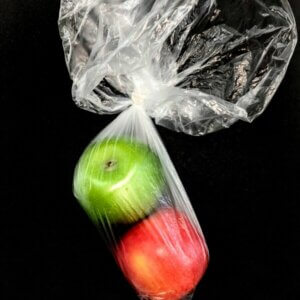
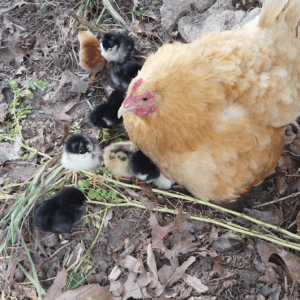


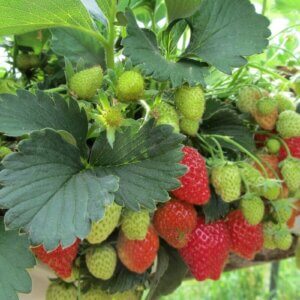
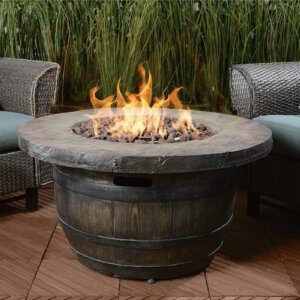

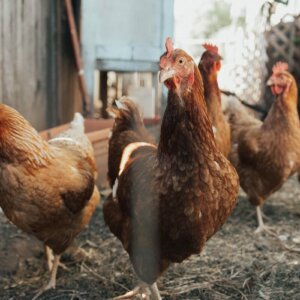
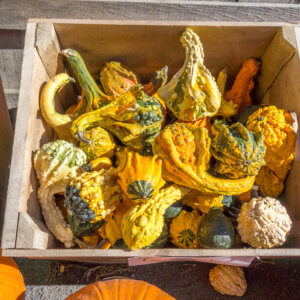



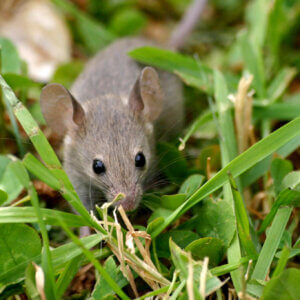
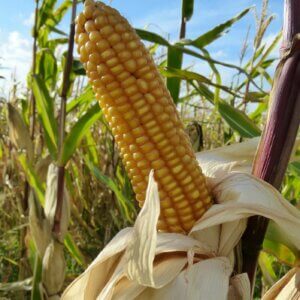

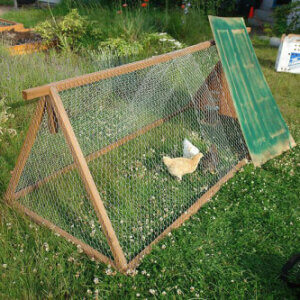

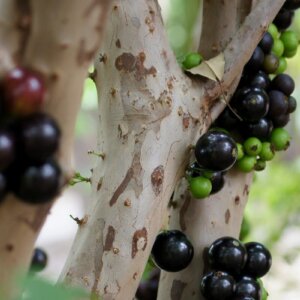




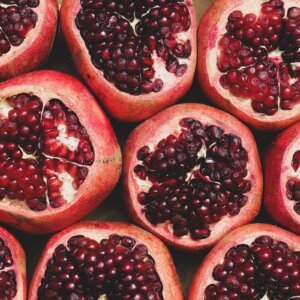
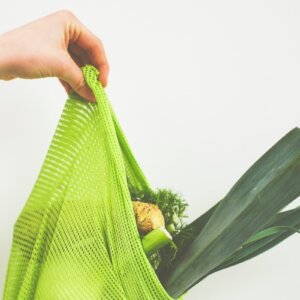

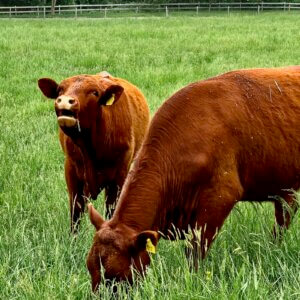
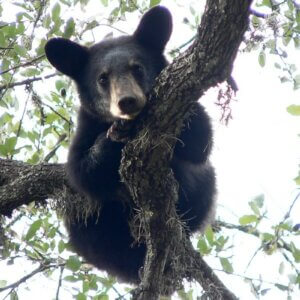
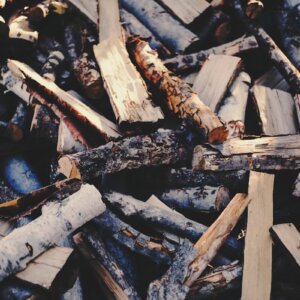




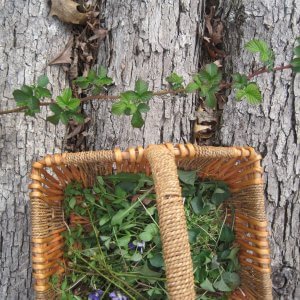







Hi, I love the article and enthusiasm for wild rice, but I’d love to see an updated version that includes traditionally processed (parched) wild rice. As a chef, I would never purchase conventional black paddy wild rice for the flavor, as much as for how it’s now just another cog in the machine of conventional agriculture, fossil fuels, pesticides, etc. There are many more types of wild rice that just 3 specs of black paddy listed here, for example, gas parched, wood parched, lake vs river rice, are all differences you might see in parched wild rice, and that’s not even mentioning sizes.
I was on my way to add to this conversation between you and Marlene by recommending Samuel Thayer’s books and corresponding work with wild rice. But when I flipped my copies open, I saw that you were one of the chefs he mentioned in the text! I am clearly a little out of my foraging league. All the same, I really appreciate the points you’ve brought up and the work you do with foraged food.
Where can One obtain wild rice seed for cultivation?
I have a pond in SE WI.
Where can I buy inoculated wild rice seeds to plant in my duck pond??
This is a deep water rice found in Odisha in India. I am farmer scientist engage in conservation of paddy land races including pigmented rice, those grow organically.
“Dry seed is dead seed. Keep the seed moist and free of mold before planting.” Does this mean if you buy dry rice seed, it won’t sprout? How do you purchase seed?